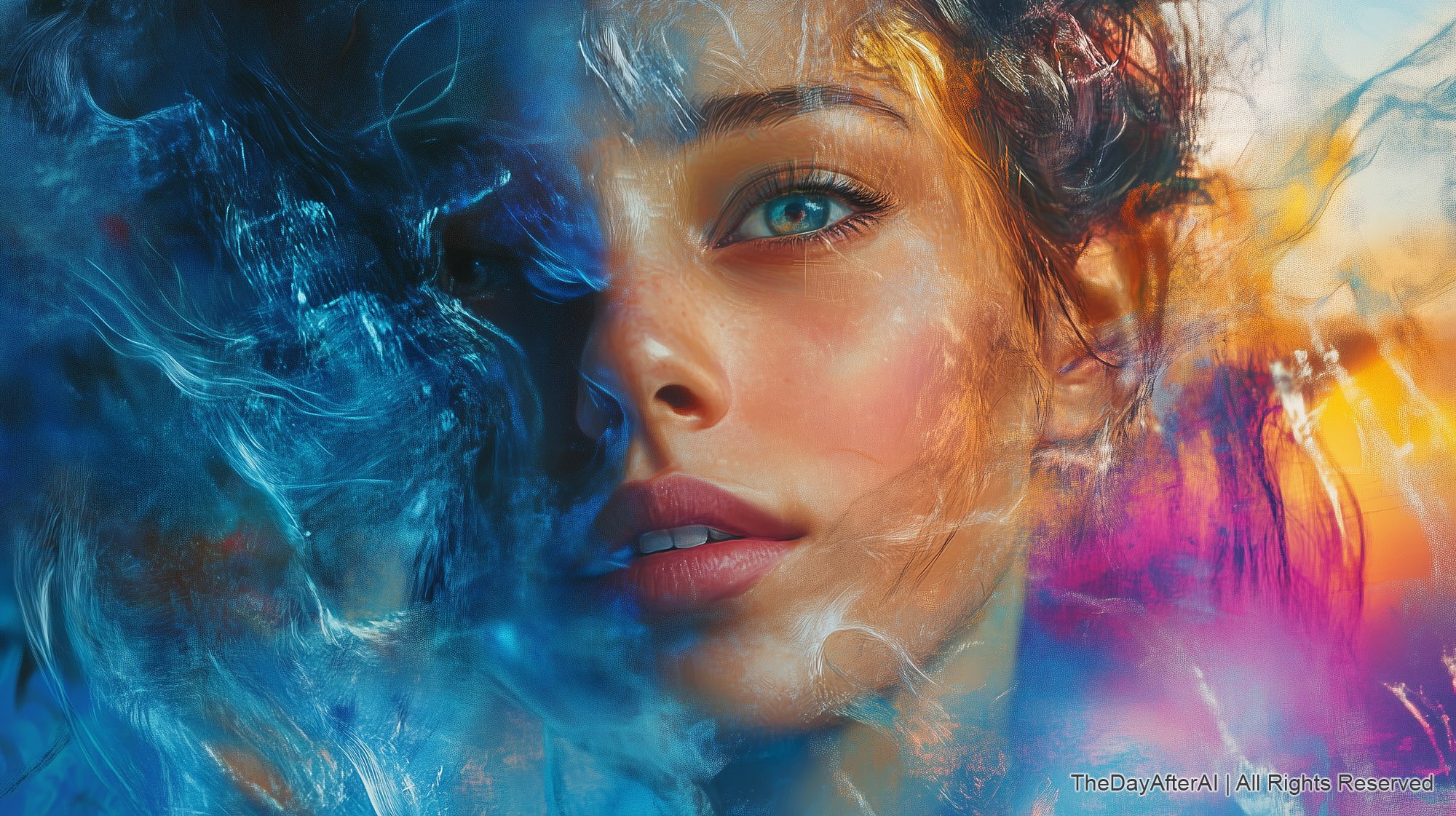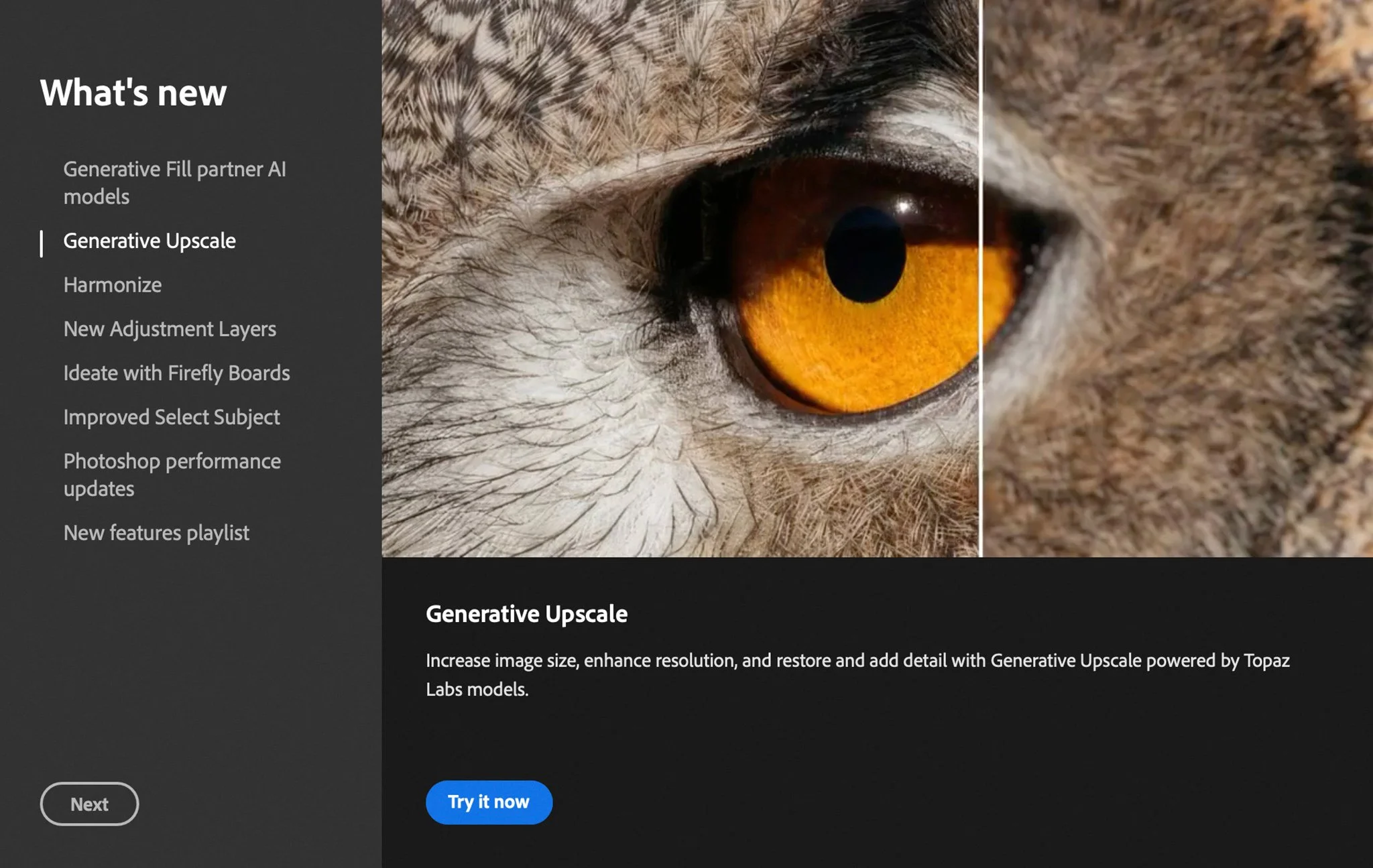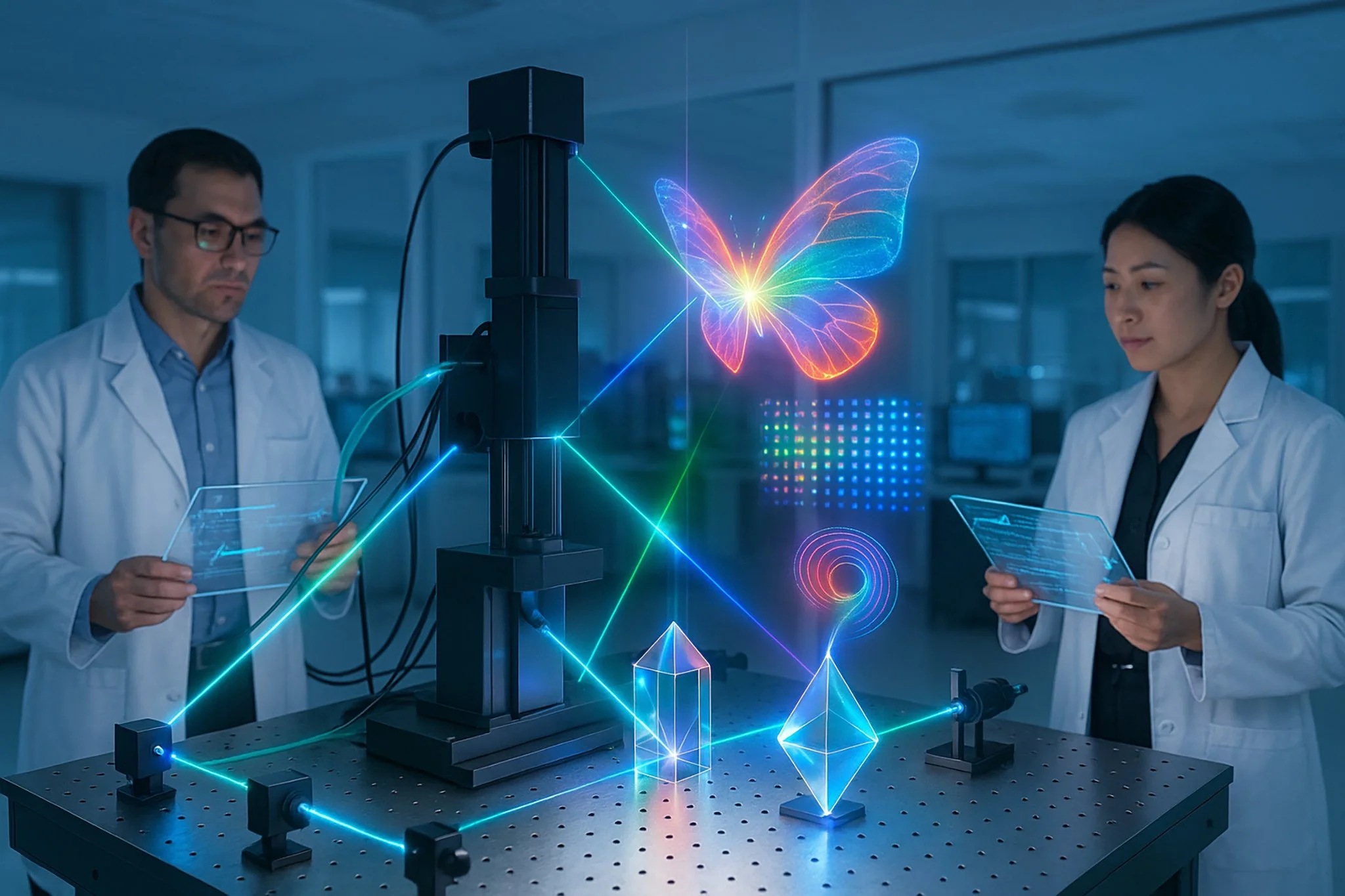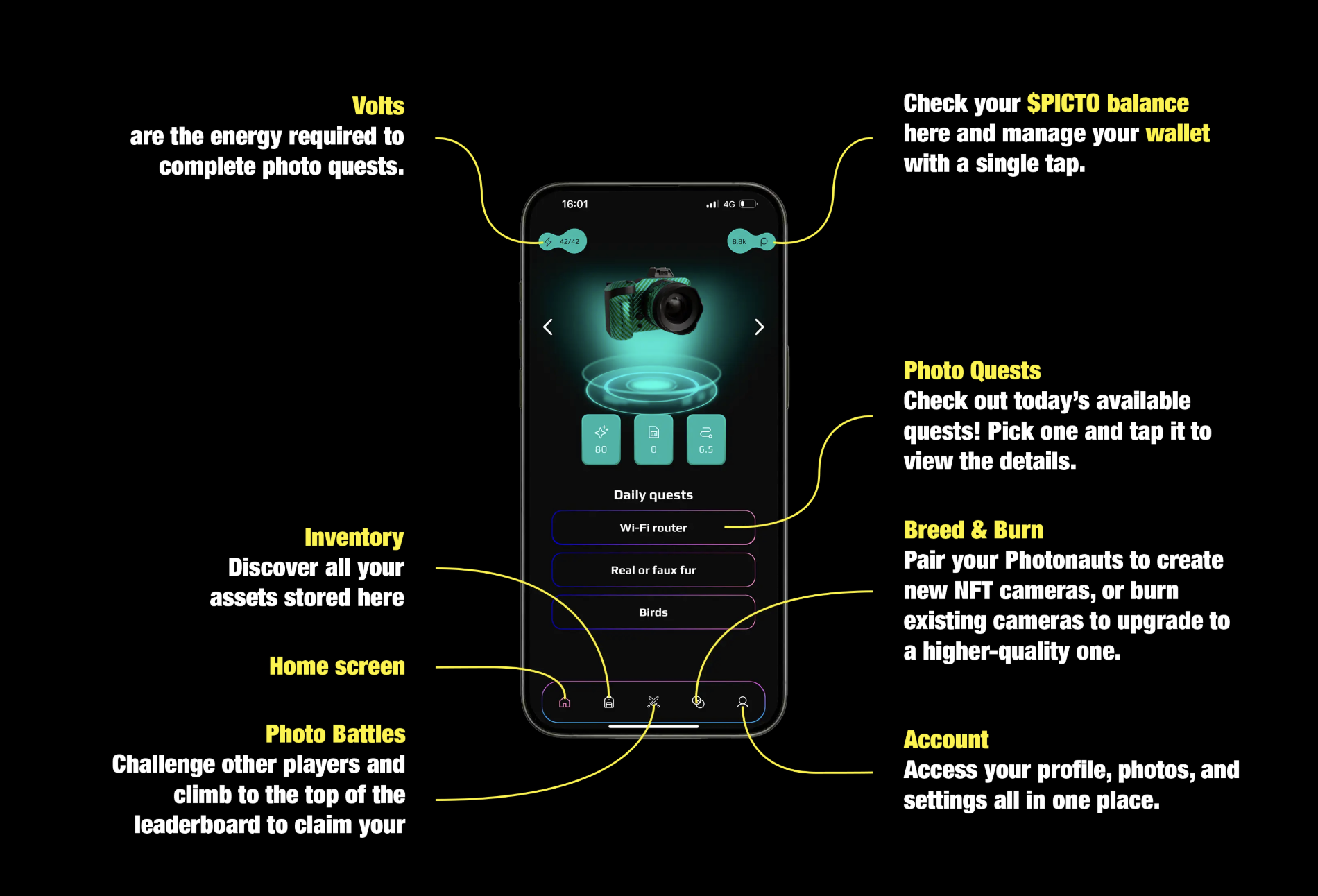Top 10 AI Art Highlights of 2024: Transforming Creativity and Culture Globally
Image Credit: Jacky Lee
License This Image
In 2024, the fusion of AI and creativity has reached new heights, transforming the artistic landscape globally. Here are the top 10 highlights that have defined AI art this year.
[Read More: Top 10 AI Terms of 2024: Key Innovations Shaping Artificial Intelligence]
1. Stanford’s AI Index Report Illuminates Global Art Trends
Stanford University's 2024 Artificial Intelligence Index Report provides an in-depth analysis of AI's expanding role in the art and cultural sectors. The report highlights the increasing integration of AI technologies in artistic creation, curation, and preservation, emphasizing how AI-driven tools are enabling artists to explore new creative avenues and redefine traditional art forms. It also examines the rise of AI-generated art in mainstream markets, noting significant events such as AI-created pieces being featured in prominent galleries and auction houses, reflecting a growing acceptance and valuation of AI-generated art within the art community.
Furthermore, the report discusses the implications of AI in democratizing art creation, making sophisticated tools accessible to a broader range of creators beyond traditional artists. It addresses the ethical and societal considerations of AI in art, including debates over authorship, authenticity, and the potential impact on employment within the creative industries. By providing comprehensive data and analysis, the report underscores AI's pivotal role in reshaping global artistic expressions and the cultural landscape.
[Read More: Sam Altman: A Name That You Should Know in the AI Era]
2. NFTs Mature as Robert Alice Publishes Groundbreaking Study
The NFT art market reached new levels of maturity, highlighted by the publication of Robert Alice's seminal work, On NFTs, by Taschen. This comprehensive study delves into the history, impact, and future trajectory of NFTs, solidifying their role as a transformative element in the art ecosystem. Alice's work provides valuable insights into how NFTs are reshaping ownership, distribution, and the economic landscape of art.
A notable aspect of On NFTs is its exploration of the intersection between AI and digital art. The book profiles over 100 digital artists from 32 countries, many of whom incorporate AI into their creative processes. For instance, it features artists like Refik Anadol, who utilizes AI algorithms to transform data into immersive visual experiences, exemplifying the fusion of AI and art.
Complementing the book, Alice's generative text art project, SOURCE [On NFTs], employs natural language processing and machine learning to remix historical texts, creating unique digital artworks. This project underscores the role of AI in generating art that reflects on the cultural origins of NFTs, demonstrating AI's capacity to produce innovative and thought-provoking pieces.
[Read More: The Great AI Debate: Is the Hype Justified?]
3. TeamLab Borderless Expands in Tokyo with Enhanced AI Installations
In February 2024, teamLab Borderless, the renowned digital art museum, reopened in Tokyo's Azabudai Hills, relocating from its previous Odaiba venue. This new iteration spans a more intricate and expansive space, offering visitors an immersive experience where art transcends traditional boundaries. The museum features over 50 interactive artworks that seamlessly blend and evolve, creating a dynamic environment where installations move beyond their designated spaces, interact with each other, and respond to visitor presence.
Among the new installations is "Bubble Universe", where light-filled spheres create mesmerizing visual effects, exploring the relationship between technology and nature. Another highlight is "Universe of Water Particles on a Rock where People Gather", a simulated waterfall that adjusts its flow based on visitor movement, exemplifying the museum's commitment to interactive and ever-changing art experiences. The relocation to Azabudai Hills situates teamLab Borderless within a vibrant cultural hub, enhancing accessibility and reinforcing its status as a leading destination for digital and AI-driven art innovation.
[Read More: The First AI Artworks Sold at $432,500!]
4. Refik Anadol’s ‘Echoes of the Earth’ Integrates Environmental Data with AI Art
Refik Anadol's solo exhibition, "Echoes of the Earth: Living Archive", was showcased at London's Serpentine North Gallery from February to April. This exhibition marked Anadol's first major institutional solo presentation in the UK, featuring immersive environments that utilized years-long experimentation with visual data of coral reefs and rainforests, showcasing the creative potential of AI.
A central piece of the exhibition was the UK premiere of "Living Archive: Large Nature Model", a new commission adapted specially for Serpentine North. This installation enveloped the gallery walls with AI-generated images inspired by data of flora, fungi, and fauna from over 16 rainforest locations globally, collected using technologies such as LiDAR and photogrammetry. Additionally, the exhibition featured "Artificial Realities: Coral", a sound and video experience highlighting the vital role of coral reefs in the ocean ecosystem. Another highlight was "Artificial Realities: Rainforest", Anadol’s most recent project, marking the longest continuous generative AI visualization on nature to date. These works collectively investigated how technology alters our perception of the natural world and our experience of time and space.
[Read More: Refik Anadol's AI Odyssey: Echoes of the Earth at Serpentine Galleries]
5. Basel’s Digital Art Mile Festival Ushers in an Era of Immersive AI Art
In June 2024, Basel, Switzerland, became a focal point for digital art enthusiasts with the inauguration of The Digital Art Mile, the city's first-ever digital art fair. Held from June 10th to 16th along the historic Rebgasse, this event transformed the area into a vibrant hub of digital creativity and innovation. The fair featured a diverse array of immersive installations and interactive exhibits, demonstrating how AI and digital technologies are empowering artists to craft experiential works that engage audiences in novel ways.
The Digital Art Mile was initiated by Georg Bak, renowned for his work in exhibiting digital art and NFTs, and Roger Haas, founder of ArtMeta and a pioneer in the metaverse space. Their collaboration brought together internationally acclaimed galleries and NFT platforms, including Objkt, fx(hash), Fellowship, MakersPlace, and the Sigg Art Foundation. The event's venues, such as Space25 and Space31, showcased a curated selection of contemporary and historical digital artworks, highlighting the convergence of art and technology. Additionally, a series of conferences and discussions at Kult Kino Camera featured prominent figures in the digital art scene, fostering rich dialogues about the future of AI in art.
[Read More: The Top 10 Emerging Technologies of 2024 Shaping Our Future]
6. Refik Anadol Opens Dataland: The First Museum Dedicated to AI Art
In September 2024, Refik Anadol Studio announced the forthcoming launch of DATALAND, the world's first Museum of AI Arts, set to open in 2025 at The Grand LA, a Frank Gehry-designed development in downtown Los Angeles. Co-founded by Refik Anadol and Efsun Erkiliç, DATALAND aims to unite pioneers from diverse fields—including art, science, AI research, and cutting-edge technology—under the studio's artistic leadership. The museum is poised to become a visionary institution that redefines learning and community engagement, igniting the human spirit and fuelling a journey into the beauty of collective memories through data.
Strategically located in Los Angeles' cultural corridor, DATALAND will join renowned visual and performing arts institutions, further cementing the city's status as a hub for innovation in art and technology. The inaugural exhibitions will feature Refik Anadol Studio's Large Nature Model, the world's first open-source AI model based solely on nature data, offering visitors an immersive experience that blends human imagination with machine intelligence. This initiative reflects Anadol's deep commitment to Los Angeles, a city that has long inspired his work, and represents a full-circle moment, as The Grand LA is situated near the Walt Disney Concert Hall, where Anadol previously presented the groundbreaking "WDCH Dreams" project in 2018.
7. Botto Celebrates Milestone at Sotheby’s with Autonomous Art Exhibition
In October 2024, Botto, the decentralized autonomous AI artist conceptualized by German artist Mario Klingemann and the software collective ElevenYellow, commemorated its third anniversary with a solo exhibition titled "Exorbitant Stage" at Sotheby's in New York. The exhibition featured a curated selection of Botto's works from its Genesis, Interstice, and Temporal Echoes periods, highlighting the AI's evolution in generating art that challenges traditional notions of creativity and authorship. The event was accompanied by a panel discussion moderated by Hyperallergic Founder and Editor-in-Chief Hrag Vartanian, attracting approximately 100 guests from the art and technology sectors eager to delve into Botto's creative process.
The auction concluded with total sales exceeding US$350,000 across six lots, contributing to Botto's cumulative sales of over US$4 million since its debut in 2021. This achievement underscores the growing acceptance and valuation of AI-generated art in prestigious mainstream markets. Botto's unique creative process involves generating thousands of artworks weekly, with its community, known as BottoDAO, voting to determine which pieces are minted and sold. To date, over 15,000 individuals have participated in shaping Botto's development, influencing the themes, styles, and imagery of its creations. The success of "Exorbitant Stage" not only marks a significant milestone in Botto's journey but also exemplifies the transformative potential of AI in redefining artistic expression and authorship.
[Read More: Botto AI Artist Earns US$351,600 at Sotheby’s: A New Milestone for AI in Art]
8. Ai-Da's 'AI God' Painting Auctioned at Sotheby's
In November 2024, Ai-Da, the world's first ultra-realistic humanoid robot artist, made history with the sale of her painting titled "A.I. God" at Sotheby's Digital Art Auction. The artwork, an abstract portrait of computing pioneer Alan Turing, was initially estimated to fetch between US$120,000 and US$180,000. However, after 27 competitive bids, it achieved a remarkable final price of US$1,084,800, significantly surpassing expectations.
The creation of "A.I. God" involved Ai-Da utilizing her AI algorithms and robotic arm to produce multiple small portraits of Turing, each taking approximately six to eight hours to complete. These individual pieces were then combined and scaled up onto a large canvas, resulting in a 7-foot-tall impressionistic portrayal that reflects the fragmented and multifaceted nature of contemporary society. The painting also incorporates elements reminiscent of Turing's Bombe machine, subtly integrated into the background. The successful auction of this piece not only underscores the growing acceptance and valuation of AI-generated art in prestigious mainstream markets but also sparks dialogue about the ethical and societal implications of AI in creative fields.
[Read More: The Evolutionary Journey of AI]
9. Vesuvius Challenge Pioneers AI and X-Ray Spectroscopy in Art Restoration
The Vesuvius Challenge awarded over $1 million in prizes to teams employing AI and advanced imaging techniques to decipher ancient Roman scrolls carbonized by the eruption of Mount Vesuvius in 79 AD. These scrolls, part of the Herculaneum papyri collection, have remained unreadable for centuries due to their fragile, charred state. The challenge encouraged participants to develop machine learning algorithms capable of analyzing high-resolution 3D X-ray scans to detect subtle variations in the papyrus structure, indicative of inked letters and symbols. This non-invasive approach allowed researchers to virtually "unroll" the scrolls, preserving their physical integrity while revealing their textual content.
A significant breakthrough came when a team led by Egyptian biorobotics graduate student Youssef Nader, along with collaborators Luke Farritor and Julian Schilliger, successfully deciphered over 2,000 characters from a single scroll. Their achievement demonstrated the efficacy of AI in overcoming the challenges posed by these ancient artifacts. The Vesuvius Challenge has not only advanced the field of digital archaeology but also highlighted the potential of AI in cultural preservation and restoration, bridging the gap between technology and the humanities.
[Read More: AI Unlocks Ancient Secrets, Decodes Whale Speak, and Revolutionizes Science in 2024]
10. Holly Herndon and Mat Dryhurst’s ‘Infinite Images’ Showcases AI-Human Collaboration
At Fellowship's Paris Photo stand, artists Holly Herndon and Mat Dryhurst unveiled "Infinite Images", a groundbreaking project that seamlessly integrates AI with human creativity. This series of large-scale images was meticulously constructed using OpenAI's DALL-E 1 research model, with which the artists were invited to experiment. By engaging in an exquisite corpse game with the AI, they expanded initial generations infinitely in any direction, exploring the model's capacity for coherence. The resulting artworks frequently feature themes such as reflections in water and glass, horizon lines, and mountain ranges, highlighting the AI's interpretative abilities and the collaborative nature of the creation process.
This collaboration underscores AI's role as a tool that augments human imagination, pushing the boundaries of modern art creation. Herndon and Dryhurst's approach exemplifies how AI can be harnessed to explore complex themes of identity and representation, producing innovative and thought-provoking art. By open-sourcing their work and engaging in public discourse, they contribute to a broader understanding of AI's potential in the arts, fostering a dialogue on the ethical and creative implications of AI-generated art.
[Read More: AI's Role and Recognition in the Brisbane Portrait Prize 2024]
Source: RT Insights, Botto, Yahoo Finance, BBC, GMA Network, Art Plugged, FAD Magazine, Related, Art Now LA, JSelect, Timeout, Robert Alice, Serpentine Galleries, Scroll Prize, UKnowledge, Daily, Another Magazine



















